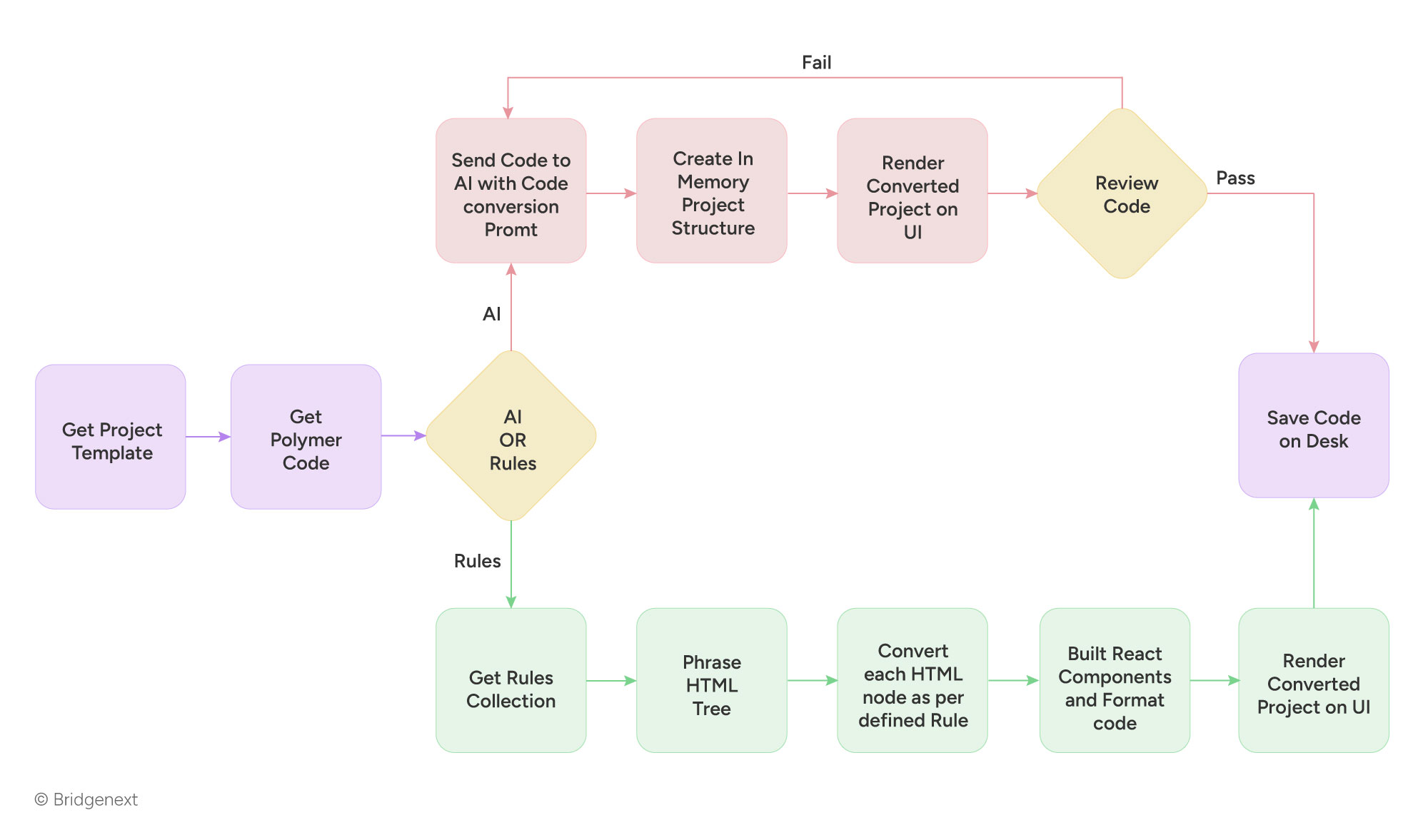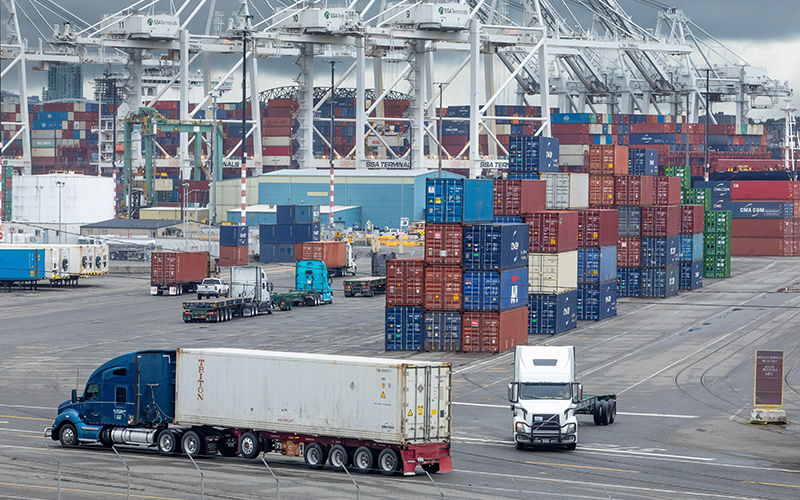About the Client
A leading North American transportation and logistics services provider known for real-time tracking, freight booking, and a digital marketplace while emphasizing sustainability, safety, and efficiency.
The Challenge
Facing mounting pressure to stay competitive in a rapidly evolving market, this logistics provider recognized an urgent need to modernize its technological infrastructure. To maintain its edge and meet rising customer expectations, the company had to address a critical issue: over 20 mission-critical applications built on Polymer, a now-deprecated framework. This outdated technology posed significant challenges in scalability, compatibility, and security, threatening to disrupt operations and increase costs.
The framework’s limitations were already straining the business, creating operational inefficiencies and escalation risks. Delaying action further would compromise critical business processes, erode customer satisfaction, and weaken the company’s competitive position in a fast-paced industry.
With thousands of lines of code to migrate, a traditional manual approach wasn’t feasible. For any other legacy application modernization services, it would have taken months, incurred substantial costs, and disrupted business continuity. The company needed a faster, more efficient solution that would ensure:
- Minimal disruption to operations
- Accelerated delivery
- Long-term value from the new framework
Solution
To address these critical needs, Bridgenext assembled its top talent, leveraging the collective expertise of its AI and engineering teams to develop an innovative and highly effective solution. The result was a customized AI-augmented development and migration strategy that seamlessly integrated Generative AI with bespoke automation tools. This meticulously orchestrated approach focused on maximizing value at every stage, delivering efficiency, precision, and scalability.
By meeting the client’s tight deadlines and complex requirements with unmatched speed and ingenuity, Bridgenext set a new standard for excellence.
Key Migration Building Blocks
-
Discovery and Planning
- Component Analysis: Detailed breakdown of the Polymer applications to define reusable components and map their migration path.
- Prioritization: Grouped applications by complexity, starting with simpler ones to refine the strategy and accelerate results.
-
AI-Augmented Migration
-
AST Transformation:
- Used Abstract Syntax Tree (AST) parsing to convert Polymer’s codebase into a machine-readable structure.
- Automated 80% of the HTML migration, ensuring consistency and accuracy.
-
LLM Integration:
- Leveraged Azure OpenAI’s GPT-4o models with few-shot learning and Chain of Thought (CoT) prompting for complex JavaScript and CSS migrations.
- Upgraded tools to handle large-scale codebases efficiently.
-
-
Custom Packaging and Testing
- Automated integration of the migrated components into a production-ready React project.
- Delivered pre-configured dependencies for immediate use, minimizing post-migration setup.

Solution Highlights
| Accelerating Migration with AI | Generative AI significantly reduced manual development and migration efforts by automating 90% of code migration tasks. |
|---|---|
| Cost and Time Optimization | AI and automation reduced the project timeline by 40% and cut costs by 30%, ensuring the project stayed within the client’s budget. |
| Future-Ready Tools | The AI migration tools developed for this project are reusable, offering a high return on investment (ROI) for similar future initiatives. |
| Precision Through Innovation | Combining AST transformation with LLMs delivered high accuracy in migrating complex logic and ensured seamless alignment between Polymer and React frameworks. |
Results
Bridgenext successfully delivered a comprehensive migration, powered by Generative AI solution. The project wasn’t just a technical migration; it was a strategic enabler for the client. The Generative AI-powered approach not only addressed immediate challenges but also set the foundation that resulted in:
- Faster Time-to-Market: Automated processes accelerated delivery by 40%.
- Enhanced Cost Efficiency: The tailored approach reduced operational costs by 30%.
- Future-Proof Applications: React-based applications ensured compatibility with modern standards and ongoing community support.



